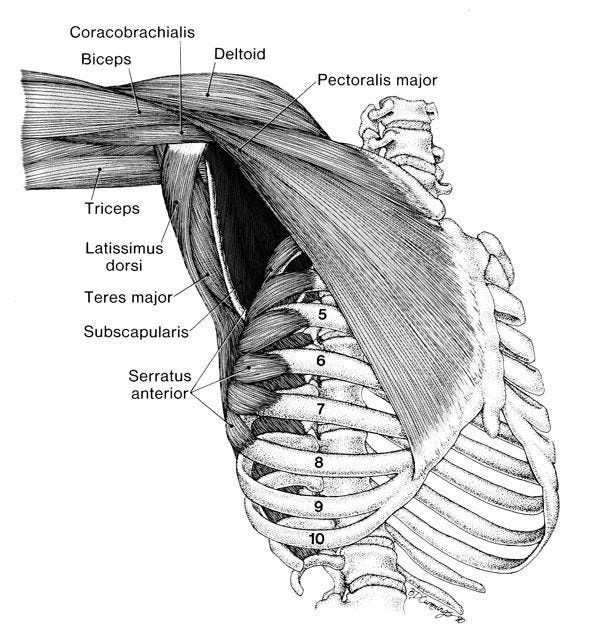This one is a bit rolley-polley fun, if you like that kind of thing. You will need a lot of floor space to get the most benefit… make sure you have space on both the right and the left sides of your mat.
As you’ll hear later in the lesson… when I was reading it I realised Moshe was in a way “orchestrating” the movement of possibly 100 humans in a room on a mat next to each other…. to roll right and left without crashing. Which meant this orchestration was slowing people down to move at the same time. He wanted each person to move their elbows and knees synchronistic-ally, enabling him to “time” the movement with as little chaos as possible.
You might love your armpits after this one.
Now I can see why they’re called a ‘pit’, an area often neglected… because “smelly”, “dirty”, “sweaty” and “yuck”. Did you know this is where magicians keep their rabbits? Ellen Soloway shared this secret with the anAYaDay group and I’m not sure if I can describe how I felt in knowing the answer to a question I think I was much happier NOT knowing the answer to. This response has nothing to do with armpits, I’d never questioned where the rabbits came from and was satisfied with not knowing.
This image shows probably why they stuck the furry white critters under that dark caven under their big cloaks. Look at all the space under there!!!
As you can (almost) see, the ribs are numbered all the way to under the collar bone. When the arm is lifted all of this area is open and available for the ribs to roll, to be used in its connection with the ground. A piece of information I thought might make a difference for you in this lesson.
You’ll hear in the recording, there is quite a lot of describing - what to do, and how to do it in this lesson (for reasons mentioned above). I sense everyone here is able to trust their own inner authority enough to realise the patterning Moshe offers and do their/your own thing once that pattern is recognised. I think it’s a bit like knitting, once you get the rhythm then you don’t have to look at the book anymore until you get to a tricky part.
Lesson below:
Keep reading with a 7-day free trial
Subscribe to MySelf.Study to keep reading this post and get 7 days of free access to the full post archives.


